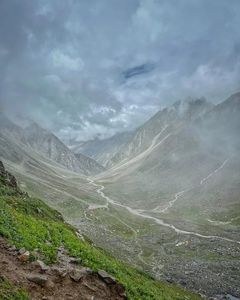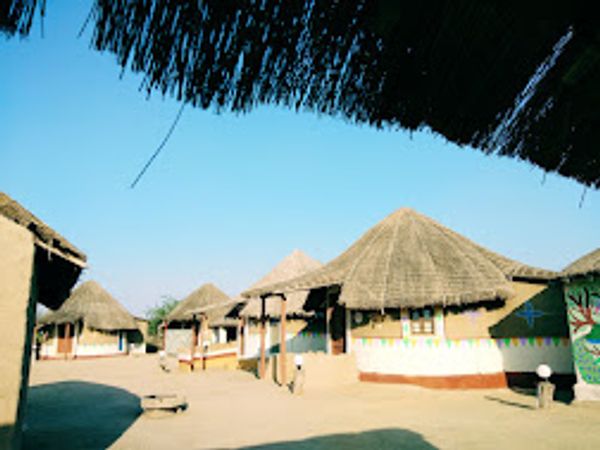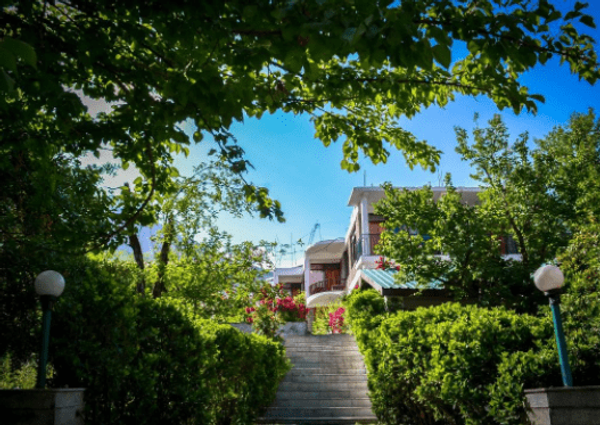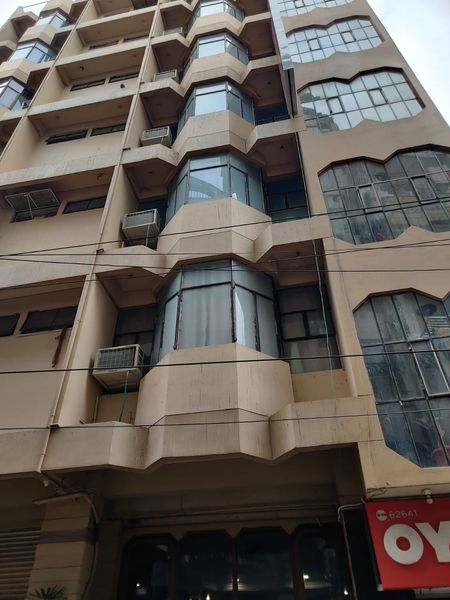How Weather Affects Your Hampta Pass Trek: Packing, Safety and Planning Tips
 Deepanshu Negi
29 Jul, 2025
9 mins read
31
Deepanshu Negi
29 Jul, 2025
9 mins read
31

The Hampta Pass trek is one of the most beautiful adventures in the Indian Himalayas. With dramatic landscapes, rivers, forests and mountain views, it attracts trekkers from all over the world. But one thing that can change everything during this trek is the weather. Knowing how weather affects the Hampta Pass trek will help you prepare better and make your journey safer and more enjoyable.
Let us break down how the weather impacts the trek and what you should keep in mind while packing and planning.
Weather During the Trekking Season
The best time to do the Hampta Pass trek is between mid-June and mid-October. Each month brings its own kind of weather, and understanding this can help you pick the right time for your trek.
June to Early July:
This is the beginning of the trekking season. The snow on the high passes starts melting, but you may still find snow at the top. The weather is cold, especially at night. Daytime is usually clear and sunny. This time offers stunning views of snow-covered mountains and green valleys.
Mid-July to August:
This is the monsoon season. The Kullu Valley, from where the trek starts, gets a lot of rain. Slippery trails, muddy paths and possible landslides are common issues. However, the Lahaul side of the pass is in the rain shadow area, so it stays relatively dry. This season is best for those who love lush greenery and don't mind walking in wet conditions.
September to Mid-October:
This is the post-monsoon season and considered the best time to trek. The sky is usually clear, and the views are amazing. The chances of rain are low, and the trail is drier. Nights and early mornings are cold, especially at higher camps.
Why Weather Matters on the Trek
The weather plays a big role in how safe and enjoyable your trek will be. Here are some key ways it affects your journey:
1. Trail Conditions:
Rain and melting snow can make the trails slippery and risky. Walking on snowfields in early June or muddy sections during the monsoon can slow you down and increase the chances of falling.
2. River Crossings:
There are a few streams and rivers you need to cross during the trek. During the monsoon, water levels rise quickly and become strong and dangerous. It is important to cross rivers early in the day when water flow is lower.
3. Cold and Hypothermia:
At high altitudes, the temperature can drop suddenly. Even in summer, nights can get very cold. Wet clothes and strong winds can cause your body temperature to drop fast, leading to hypothermia if you're not careful.
4. Visibility:
Fog, rain and snow can reduce visibility. This makes it hard to see the trail and enjoy the scenery. In some cases, poor visibility can also cause people to get lost or take the wrong path.
5. Health Risks:
Weather changes can also affect your health. Cold winds can cause cough and fever. Wet clothes can lead to blisters and infections. Sudden changes in temperature can make it hard for your body to adjust, especially if you are not used to trekking at high altitudes.
Smart Packing Tips Based on Weather
Packing wisely for the weather is one of the best ways to stay safe and comfortable on your Hampta Pass trek.
1. Clothing:
Dress in layers. This helps you adjust easily as the weather changes. Start with a moisture-wicking base layer to keep sweat away. Add an insulating layer like a fleece or lightweight down jacket. On top, use a waterproof and windproof jacket.
2. Rain Gear:
Always carry a good quality raincoat or poncho, especially if you're trekking in July or August. Rain covers for your backpack are also important to keep your gear dry.
3. Footwear:
Wear waterproof trekking shoes with good grip. Wet and muddy trails can be slippery, and you need shoes that support your ankles and keep your feet dry.
4. Warm Accessories:
Don’t forget gloves, a warm hat and woolen socks. These will protect you from the cold, especially at night. Even in summer, the higher camps like Shea Goru can get very chilly.
5. Backpack Essentials:
Pack a quick-dry towel, extra pairs of socks, a flashlight or headlamp, and a thermos to keep your drink warm. Carry plastic zip bags or dry bags to keep important items safe from water.
6. Personal Medications:
Weather can sometimes delay your trek. Carry enough of your prescribed medicines along with basic items like painkillers, anti-allergy tablets, antiseptic cream and band-aids.
Safety Tips for Weather-Related Challenges
Even if you are well-prepared, mountain weather can be unpredictable. Here are some safety tips to follow during your trek:
1. Start Early:
Begin your trek early in the morning. Weather usually gets worse in the afternoon, especially during the monsoon season.
2. Listen to Your Trek Leader:
Follow the advice of your trek guide. They understand the trail and weather patterns better and can guide you safely.
3. Do Not Push Yourself:
If the weather turns bad, it’s okay to wait or turn back. Trekking in dangerous weather can be risky. Always put safety first.
4. Keep Clothes Dry:
Change wet clothes as soon as possible. Always keep one set of dry clothes in a waterproof bag.
5. Stay Hydrated and Eat Well:
Cold weather can reduce your thirst but your body still needs water. Eat enough to keep your energy levels high.
Planning Ahead with Weather in Mind
If you want the best experience on the Hampta Pass trek, plan according to the weather.
- Check the local weather forecast a few days before your trek
- Pick your trekking month based on what kind of weather you prefer
- Book with a reliable trekking company that knows how to handle weather changes
- Prepare physically and mentally for weather surprises
Final Thoughts
The weather on the Hampta Pass trek can be both beautiful and challenging. It adds to the thrill of trekking in the Himalayas but also requires extra care. Whether you’re walking through snowy patches, crossing cold streams or enjoying bright sunny skies, being prepared makes all the difference.
Pack smart, stay alert and respect the mountain weather. With the right planning and mindset, you’ll not only finish the trek safely but also create memories that will stay with you for a lifetime.
Written By:
Deepanshu Negi



Hotels at your convenience
Now choose your stay according to your preference. From finding a place for your dream destination or a mere weekend getaway to business accommodations or brief stay, we have got you covered. Explore hotels as per your mood.





